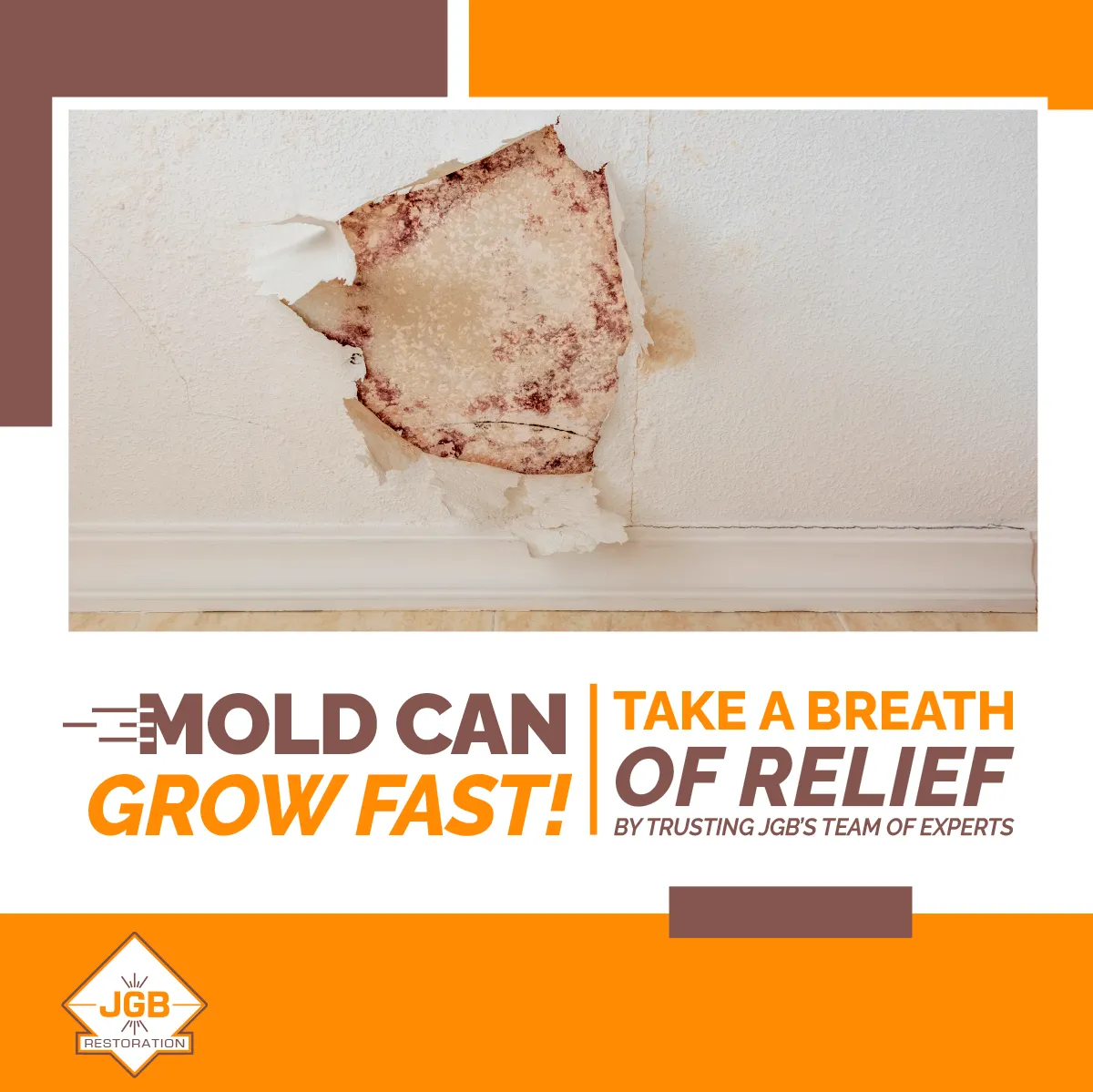If you're a property owner in Huntington Beach, CA, and your building has recently experienced water damage, there's a high likelihood that you may be dealing with the unwelcome guest of black mold. This insidious fungus thrives in moist environments, and it forms colonies in as little as 24 hours, posing a serious threat to your property and health. To combat this menace effectively, it's crucial to understand and follow the four essential steps in the mold remediation process.
Step 1: Thorough Building Inspection
Before any remediation work commences, the mold remediation experts perform a comprehensive inspection of your building. This critical step serves two vital purposes. First, it allows them to assess the extent of the damage caused by water intrusion and identify the locations of mold growth. Mold often lurks not only in obvious places but also in concealed areas, such as wall cavities and crawl spaces. Second, the inspection helps experts determine the most appropriate and effective remediation strategies for your specific situation. A thorough assessment is the foundation upon which successful mold remediation is built.
Step 2: Mold Containment
Once the extent of the mold problem is understood, the next step is containment. Containment is essential to prevent mold spores from spreading to other areas of the building during the remediation process. Mold remediation professionals typically achieve this by employing techniques such as sealing off affected areas with tarps and creating negative air pressure zones. These measures ensure that the mold remains isolated, reducing the risk of further contamination.
Step 3: Mold Removal
The actual mold removal process varies in duration and complexity depending on the severity of the black mold growth. In cases of extensive infestations, some building materials may need to be removed and replaced, as they retain moisture and contribute to mold proliferation. Materials like drywall, insulation, and carpeting are particularly susceptible to mold growth. Mold remediation experts use antifungal treatments to eliminate existing mold colonies and inhibit future regrowth. This step is crucial in ensuring that the mold is effectively eradicated from your property.
Step 4: Cleanup and Restoration
Mold doesn't discriminate; it affects not only your building but also your personal belongings. After water damage, it's essential to address mold contamination beyond just the building structure. Furniture, paper documents, and other items become sources of mold growth and must be thoroughly cleaned or, in some cases, replaced. Carpets may need replacement, and walls may require repainting during the restoration phase. Ensuring that your entire environment is mold-free is vital for a complete and safe recovery process.
Each step in the mold remediation process is crucial to returning your building to a safe and pleasant environment. If mold is not removed properly, it quickly returns and spreads throughout your property, causing further damage and health concerns. Professional mold remediation services are equipped to perform thorough cleanup and repairs not only to the building itself but also to your affected belongings, ensuring a comprehensive and lasting solution.
Mold remediation is a meticulous and multi-step process that demands professional expertise. From the initial inspection to mold containment, removal, and cleanup, every stage is essential for creating a mold-free and healthy living or working environment. By following these four important steps, safeguard your property and the well-being of its occupants from the insidious threat of black mold. Don't delay; take action promptly to ensure a safe and pleasant environment for yourself and others. If you need assistance with mold remediation services, contact our team at JGB Restoration. We’re happy to help you get through mold infestation.





